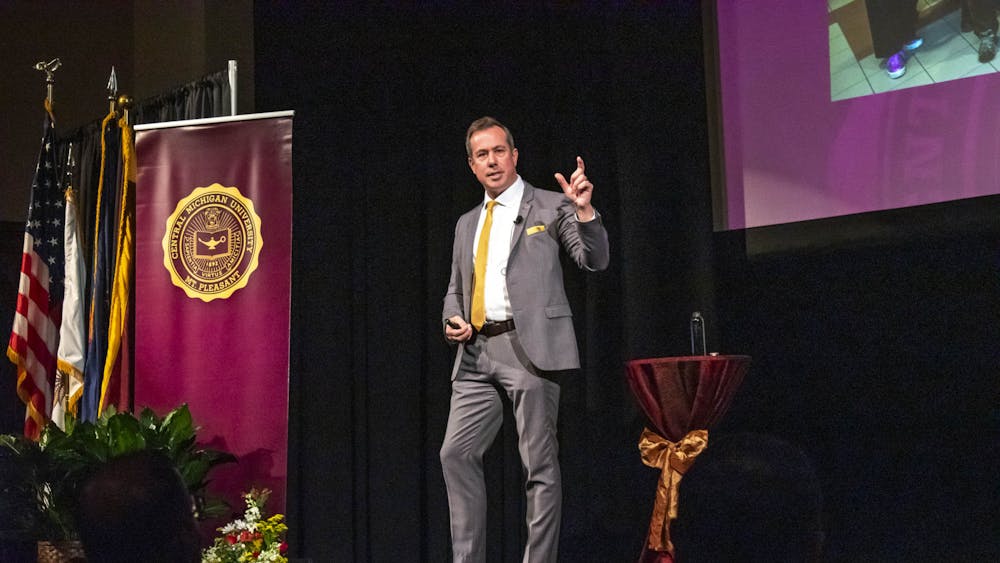COLUMN: Putting an end to the opioid epidemic is as crucial as ever
My brother was a heroin addict for more than a decade.
“Addiction was a full time job. No matter what, no matter how much heroin, pills, you have, you’re still worried about ‘well alright, that’s enough for today; what am I going to do tomorrow?’” my brother told me.
The thing about opioid addiction is that it doesn’t matter what family you were born into or whether you were rich or poor. Drugs can find their way into your life.
“Some of my friends had some OxyContin,” explained my brother. “It wasn’t like I was hanging out with bad kids. As far as anyone knows, it could be anyone. It’s not just the kids from the wrong side of the track like they always made it out to be.”
Opioid addiction doesn’t discriminate. It’s a disease that will grab hold of anyone who comes within fingertip length.
It took my brother being homeless during the middle of winter in Wisconsin to finally make the decision sober up.
Recovery is no easy task. Truthfully, my brother is lucky he didn’t end up dead like so many others.
Addiction is a disease. This disease is taking its toll in Michigan.
In Michigan, there will be 18.5 overdose deaths for every 100,000 people compared to the national average of 13.3 deaths per 100,000 people.
This needs to come to an end, but where do we start?
Let’s look at where opioid addiction starts. For my brother, it was OxyContin, a drug prescribed to people for pain often after surgery.
In the state of Michigan, doctors wrote 9.5 million opioid prescriptions in the year of 2015. Why are we making addictive drugs so readily available?
Michigan lawmakers say they’ve passed laws to help curb the opioid epidemic. Yet, these laws just say that a parent must sign off on an opioid prescription for a minor, and the provider must warn all patients of the risk of taking an opioid.
The problem with this law is it doesn’t inhibit providers from actually prescribing these pills.
According to the Center for Disease Control and Prevention, if a doctor prescribes you a 5-day opioid prescription, you have a 10 percent chance of becoming addicted.
It’s not as if there aren’t other painkillers available that are less addictive. Why are we not prescribing those instead?
While one problem with the opioid epidemic is the beginning stage, the second problem find itself at the other end of the story.
Addicts are being thrown in jail for drug charges rather than being put in treatment.
When an addict is put in jail, they may go through withdrawal and be sober just long enough to clear their head, but they aren’t given the resources or care to truly get better.
More likely than not, after an addict is released, they will return to using and end up in jail again.
According to the Federal Bureau of Prisons, drug offenders make up 46.1 percent of all inmates. Keeping all of these people in jail is not cheap either.
If we even took 40 percent of convicted addicts are put them in treatment over jail, the government could save $12.9 billion according to the Foundations Recovery Network.
Drug courts have begun to help with this issue. These are institutions that work with drug offenders to get them into rehab and recovery and provide lighter sentencing.
Drug courts have a lower re-offense rate than regular courts and have proven to be helpful. While the institution itself is more expensive, they actually save about $6,000 per offender when the long-term costs are taken into account.
However, drug courts alone have no completely solved the issue we face today.
The opioid epidemic is still a massive problem.
My brother was one of the lucky ones.
How many other have to die before we work to put an end to this problem?




